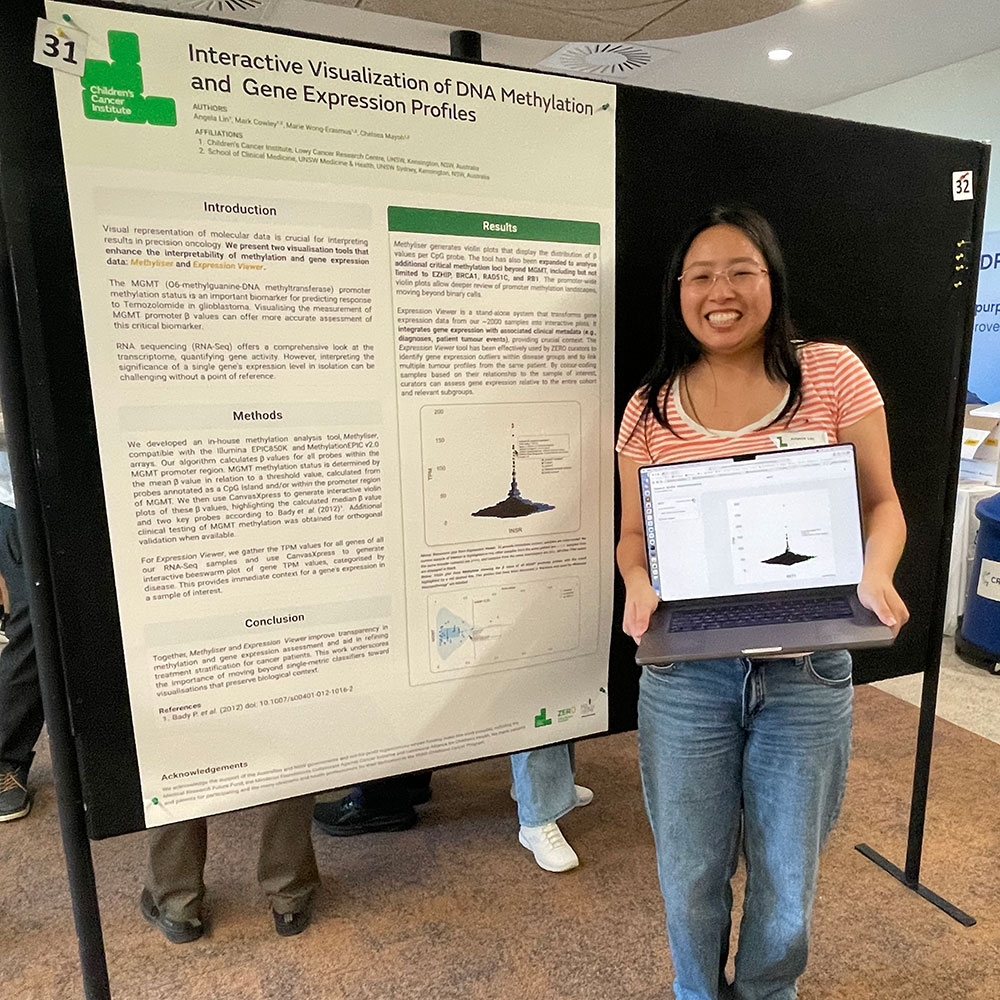The immune system
The immune system is our natural defence against the vast array of pathogens, such as bacteria and viruses, that we encounter every day. This complex network of cells, tissues and organs recognises foreign intruders and eliminates them.
But it’s not just external threats that the immune system deals with. In a process called ‘immune surveillance’, the immune system watches out for any of our own cells that have become abnormal. By recognising and destroying damaged cells before they can form a tumour, it’s our primary defence against cancer.
Cancer and the immune system
At a very early stage in our lives our immune system learns to distinguish between foreign invaders and our own cells. This ‘self-tolerance’ prevents the immune system from attacking our own body.
Cells are recognised as self or foreign based on the different proteins on their surface. These proteins are called antigens because they interact with antibodies – the proteins used by the immune system to recognise and eliminate foreign cells – like a key fitting into a lock.

Cancer cells contain mutations (changes) in their DNA. Because DNA is the template for making proteins, this can result in mutated proteins. When these strange-looking proteins are found on the cell surface they are called neoantigens. They wave a red flag at the immune system, which recognises them as ‘foreign’ and kills the cell.
How cancer escapes the immune system
However cancers do arise, so clearly this system isn’t foolproof. Scientists have a theory about how cancer cells evade the immune system, called “tumour immunoediting”. It involves “three Es”:
- Elimination – most cancer cells are recognised and eliminated, but a few remain
- Equilibrium – remaining cancer cells sit dormant or continue to acquire mutations, but are kept in check by the immune system
- Escape – some cancer cells can dodge, resist or suppress the immune system, and a tumour grows
Immunotherapy
Immunotherapy is a treatment that re-activates the immune system against cancer cells. There are several ways to do this. Two that are showing some amazing results in clinical trials are:
- CAR-T cell therapy
- Checkpoint inhibitors
CAR-T cells
T cells are an important part of the immune system. They attach to a foreign cell, drill a hole in it and inject toxins. They are a very effective way of eliminating cancer cells.
Unfortunately, cancer cells are highly adaptable and can hide from T cells. But scientists have found a way to ‘soup up’ T cells. T cells are harvested from a patient and given a means of identifying cancer cells, namely a CAR. CAR stands for Chimeric Antigen Receptor. A CAR acts like an antibody, enabling the T cells to recognise and engage with a specific antigen on cancer cells. These souped-up CAR-T cells are re-infused into the patient and go to work.

The most exciting and impressive immunotherapy so far has been using CAR-T cells to treat B-cell leukaemia. The first child to receive CAR-T cell therapy, in 2012, was a six-year-old girl called Emily Whitehead. After two relapses from leukaemia, this new therapy was her only hope, and it saved her life. Six years later she’s still cancer-free.
Checkpoint inhibitors
Some cancer cells are able to actively suppress the immune system. They do this by hijacking essential parts of it called ‘immune checkpoints’. These checkpoints de-activate T cells once they’ve done their job, thus preventing autoimmune diseases from arising.
Two important immune checkpoints are proteins called CTLA-4 and PD-1. Some cancer cells put these proteins on their surface, which instructs T cells to stand down. Checkpoint inhibitors are a new therapy that stops these instructions from reaching T cells, thus freeing them to act. They’ve have been used successfully to treat many adult cancers, such as metastatic melanoma, bladder cancer and non-small-cell lung cancer.
Challenges ahead
For children with resistant or recurrent cancer that does not respond to chemotherapy, radiation or surgery, immunotherapy offers a viable treatment option. It’s still early days however, and significant challenges need to be overcome.
For instance, while CAR-T cell therapy has been effective in around 90% of children, many do later relapse. Also, stimulating the immune system in this way causes severe, potentially fatal short-term side-effects that need to be carefully managed. So while it’s a major breakthrough that holds great promise, more research is needed.
When it comes to checkpoint inhibitors, results in clinical trials for childhood cancer have so far been disappointing. This could be due to the lower number of genetic mutations in childhood cancers compared to adults. Fewer mutations means fewer neoantigens, and checkpoint inhibitors seem to work better with more neoantigens. Given this, it may take a combination of immunotherapies to treat childhood cancer most effectively.
Challenges aside, immunotherapy is shaping up as an exciting new cancer therapy that could improve survival rates and reduce long-term side-effects. Researching paediatric immunotherapy is an integral part of our Strategic Plan 2018–2022.
Read our Strategic Plan 2018–2022.
Top image: T cells attack a cancer cell (iStock image)















